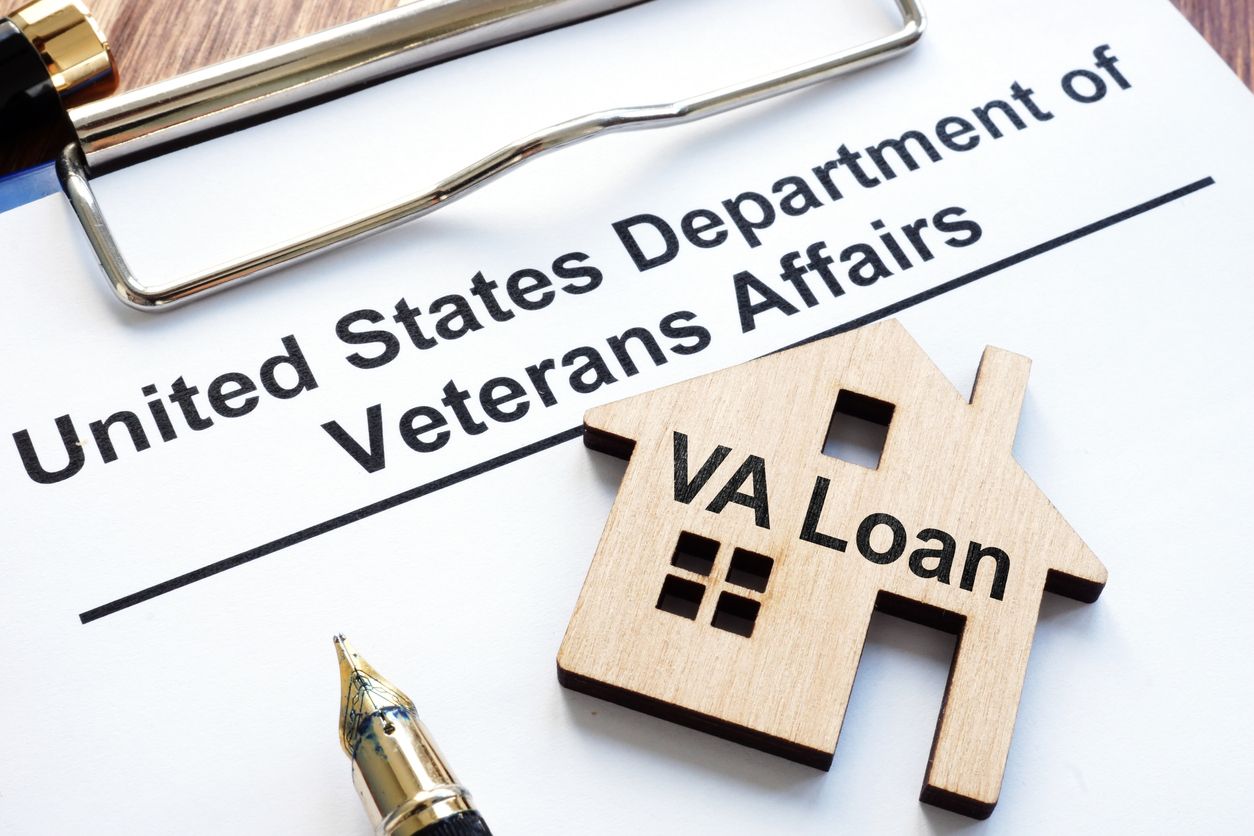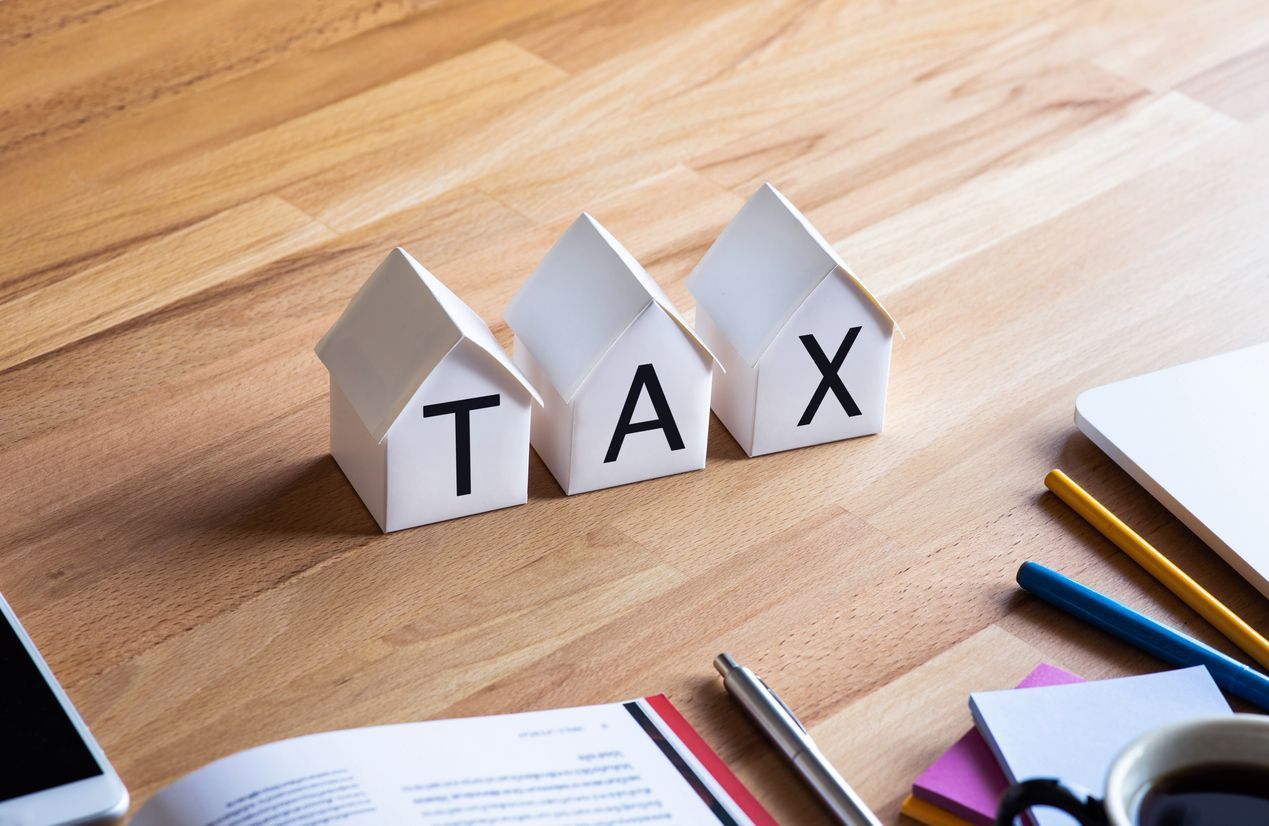Why Pre-approval Matters
You may have heard that pre-approval for a mortgage is important to do at the beginning of the homebuying process – but why is it so important? Especially in today’s market, with rising home prices and high buyer competition, having a pre-approval letter is crucial to making a successful offer.

Stay Competitive
A pre-approval letter shows that you are committed to the idea of buying and makes you a competitive candidate when you bid. Pre-approval from a lender is the only way to understand your true price range and how much money you can expect to borrow for a mortgage. The pre-approval letter shows sellers you’re a qualified buyer who is serious about finding a home.
According to the National Association of Realtors®, in June 2023 the typical seller received 3.5 offers and 76% of homes sold in under one month. This means that in today’s market, as a buyer, you need to be ready to act fast. The pre-approval allows you to do just that. You’ll be able to make an offer with confidence, knowing that your lender is waiting in the wings.
What about Prequalification?
Prequalification is an early step in the homebuying journey. It’s a way to help you understand what homes are within reach. Sometimes pre-qualified and pre-approved are used interchangeably, but they traditionally mean two different things. Every lender will conduct prequalification and pre-approval differently, but a prequalification is traditionally less formal.
To pre-qualify for a mortgage, the lender collects basic financial information from you to estimate approximately what type of price point you can afford and if homeownership is a likely option for you. They may use this to explain what type of assistance you may be eligible for, what kind of interest rate you might qualify for, and what kind of mortgage might suit your needs.
Prequalification helps you to target your home shopping and get a realistic view of the home you will be able to buy in the current market. It’s especially useful for first-time homebuyers who are establishing their homebuying budget.
Prequalification is less rigorous that pre-approval. Usually it is based on self-reported figures and banking information without formal verification. To be pre-qualified, you may only need to fill out a few forms and speak with the lender about your options. Prequalification is a great starting point for the homebuying journey.

Pre-approval
Pre-approval is more thorough and in-depth than prequalification, and should be completed prior to beginning the homebuying journey, especially in today’s market.
To be preapproved, the lender will verify your financial information and do a credit check. They may request pay stubs or other proof of income or assets, tax returns, and even your Social Security card. They’ll request bank statements and for your bank account information. They’ll ask you how much money you have available to use as a down payment and what your desired monthly mortgage payment is.
Don’t let the idea of not having a lot of money in the bank keep you from beginning your homebuying journey. There are a wide range of down payment assistance programs and low- to no-down payment loans available designed to help make it easier for homebuyers like you.
Verification
To complete the pre-approval process your lender will conduct a full review of your financial history. You’ll likely need to provide supportive documentation and submit to a credit check. Income from full- and part-time jobs will be assessed, including any hourly or salaried earnings, overtime pay, tips, or commissions. Your primary job and any secondary gigs should be included as well as long as you have official documentation.
Be prepared to supply W-2s, W-9s, and other verification documents. If a large portion of your salary comes from commission, you may be asked to provide a year or more’s documentation. Include ALL forms of verifiable income, including alimony, child support, foster care, military income, VA benefits, public assistance, Social Security, retirement income, severance payments or disability benefits, as applies. You should also include any royalties, interest, dividends, trust income, or any venture stake you may have.
Comparison Shopping
You can and should shop around for your pre-approval. Different lenders will offer different interest rates, loan amounts, and upfront closing costs. When you find the house you’re ready to buy, you will only need one preapproval letter to make your offer competitive.
A few pre-approval letters, however, can only help you to understand your options more thoroughly. A study by Freddie Mac in 2018 as reported by Bankrate recently found that borrowers who shopped around for mortgage lenders were able to save themselves $600-$1200 annually, and those gains have only improved with rising interest rates.
And since being pre-approved only requires a ‘soft’ credit inquiry, multiple pre-approvals will not lower your credit score.

Related Article: Busting Myths about the Homebuying Journey










